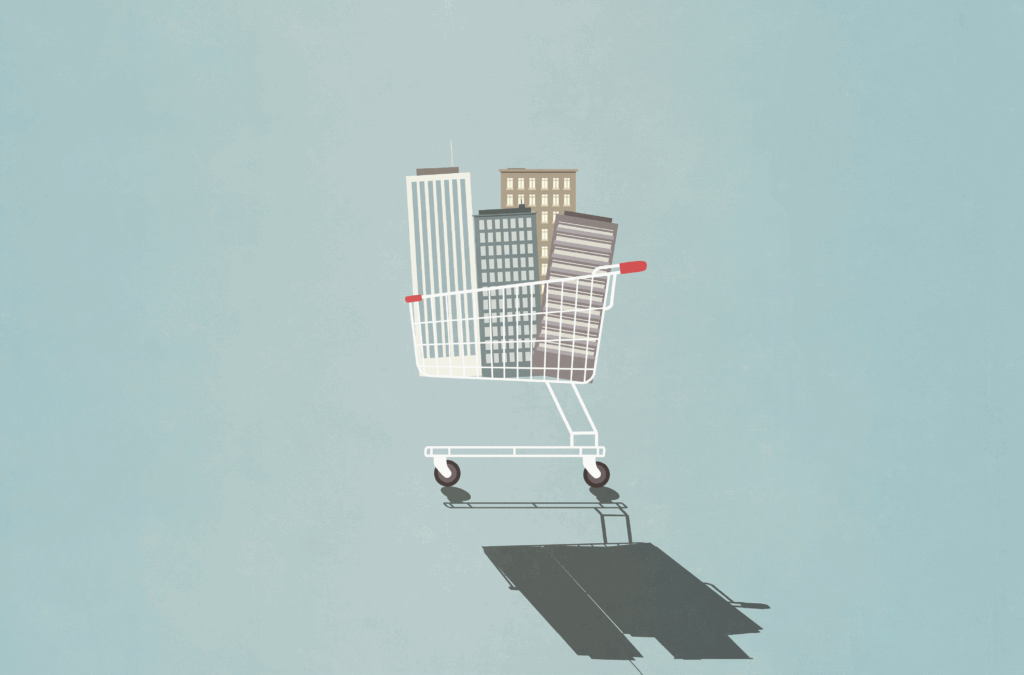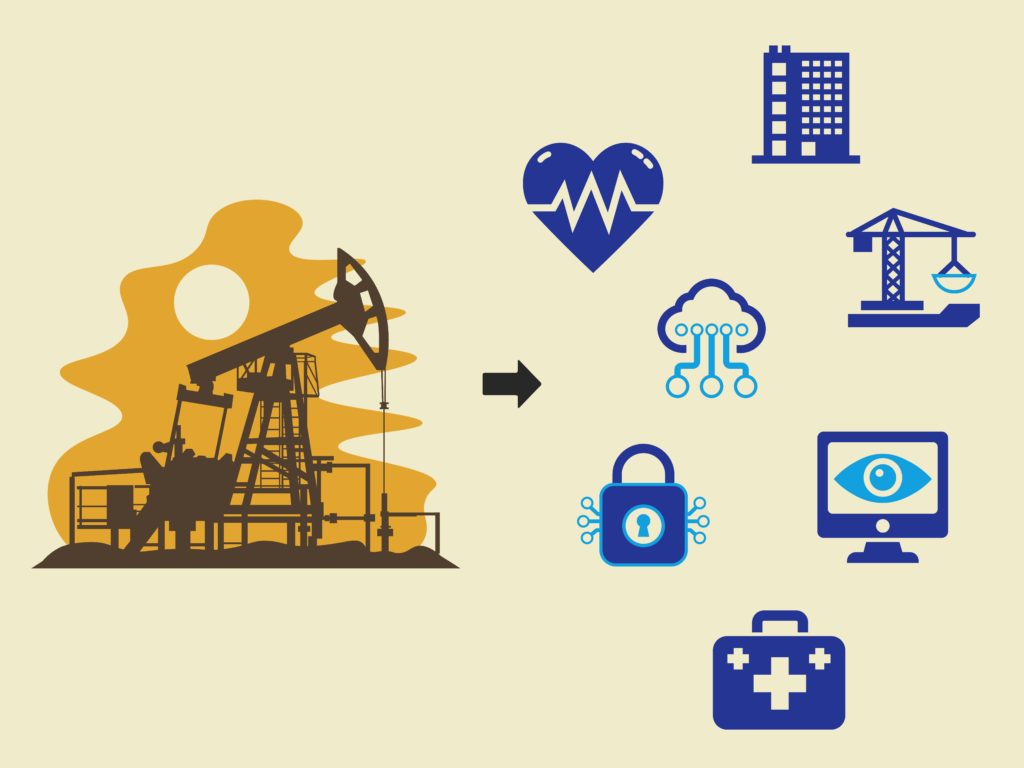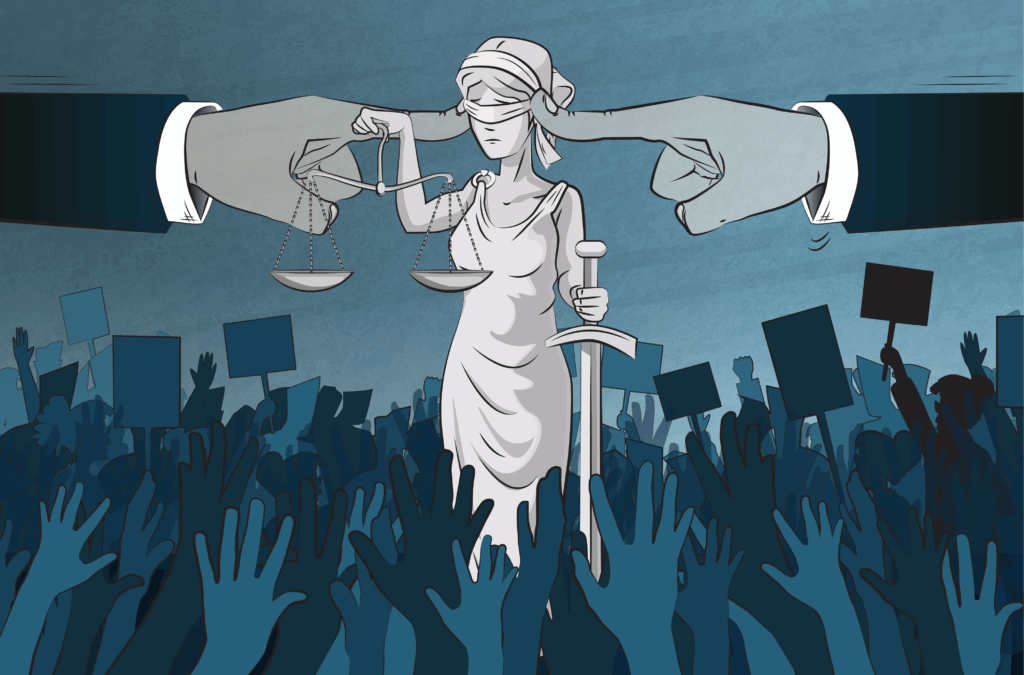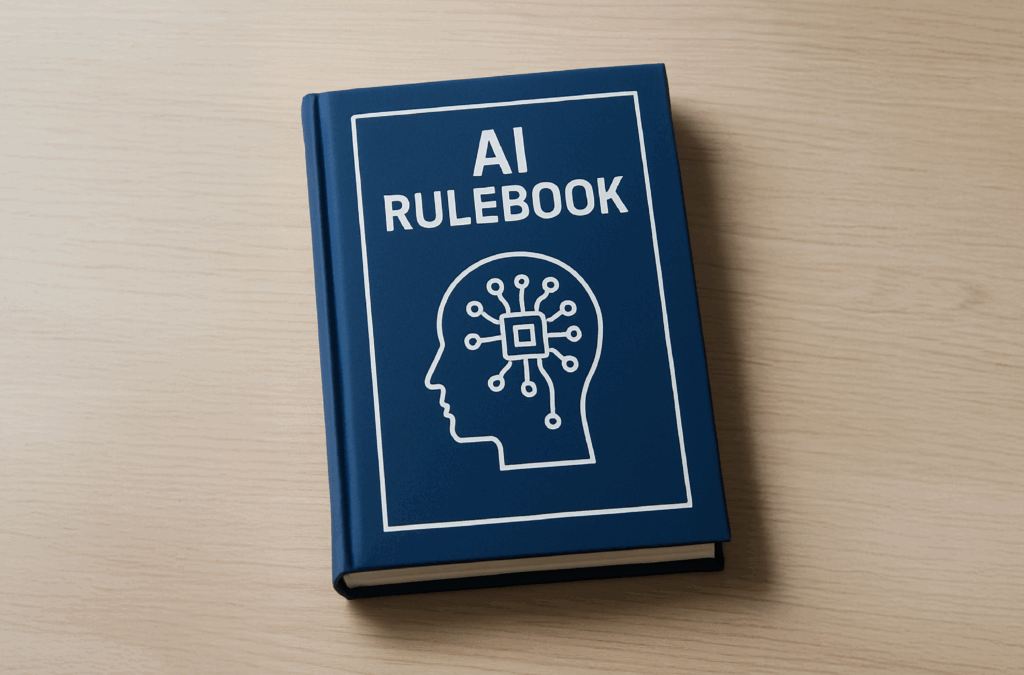

Oasis is a not-for-profit company that provides software and supports a community to stimulate innovation and choice in the analysis and interpretation of catastrophic risk.
The framework of Oasis defines the way in which hazard, damage, exposure and insurance policy data can be combined to calculate exposure to catastrophes.
There are a small number of organizations that are operating in our space, but really no new entrants into this marketplace have been successful since 1994. We decided it was time to have an intervention that was going to solve some key issues that were faced by the insurance and reinsurance community. Our motivation was let’s solve a problem, let’s increase the transparency of the marketplace, let’s bring new entrants into the marketplace, let’s build this plug-and-play platform. The open community is a good one if you want to build a sustainable long-term innovation framework that’s going to create change and drive innovation.
The most important thing about Oasis is not necessarily that it’s open source but that it’s interoperable. The interoperability is absolutely fundamental. We had to design something that could run on any platform, any system with any type of data and any type of model. Designing interoperability was easily the hardest thing to do, and it’s easily the most important thing to do because that’s what allows for adoption by different people in different countries with different businesses and different systems.




